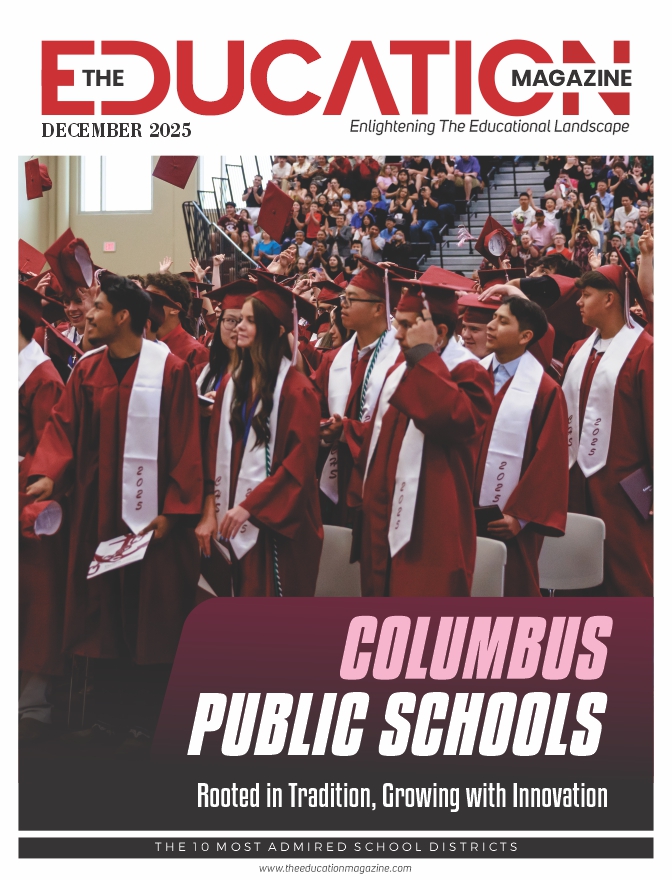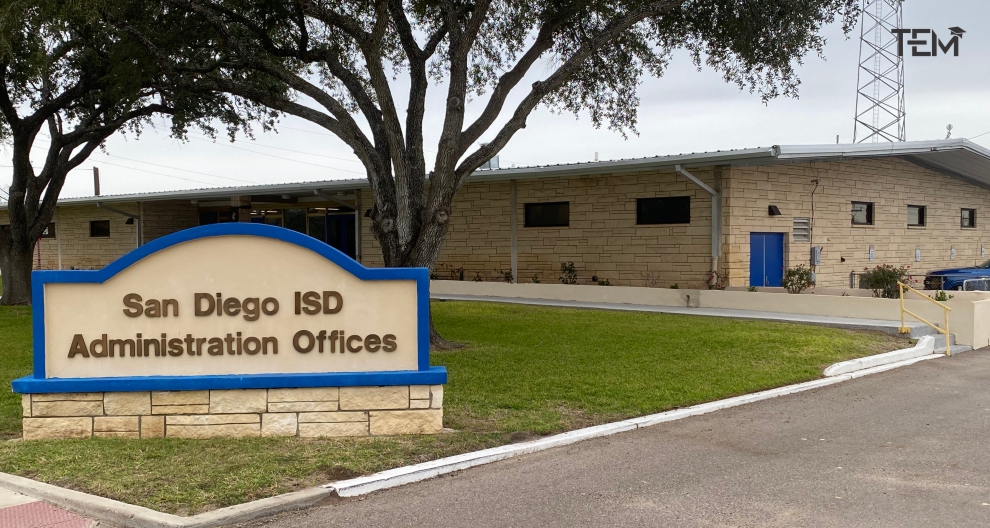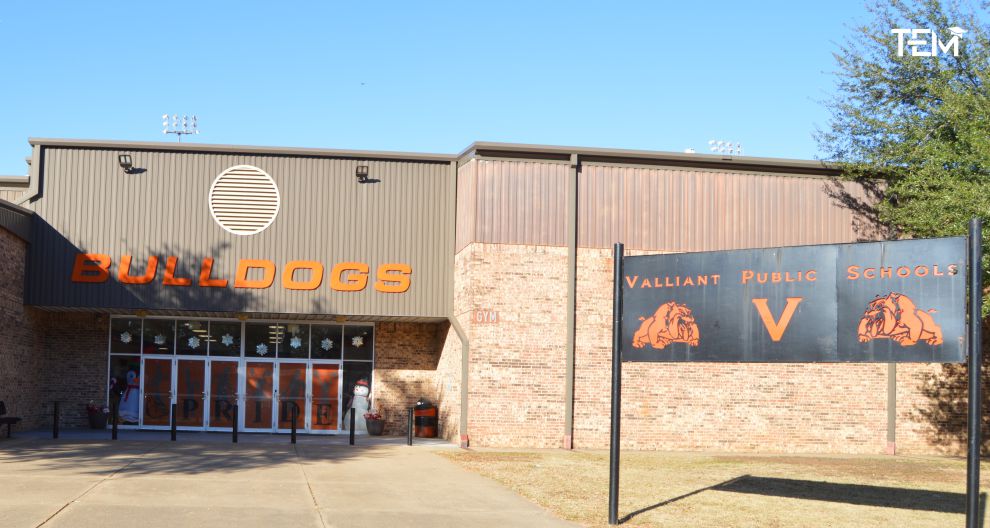City life is noisy and full of messages, but one type of advertising still pulls in attention, especially for local businesses wanting to get noticed: public transport advertising.
Imagine the bright designs on buses or the catchy slogans inside trams-these ads move around the city with people, meeting them while they go about their day. Unlike traditional signs, these are on the move, spreading your brand through towns and neighborhoods daily.
For local businesses, knowing how bus and tram ads work can help them stand out. Rather than broad, nationwide campaigns, these ads let you focus on certain streets or communities. This article explains bus and tram advertising, how it works to grow local recognition, smart tips for success, and why it’s still important for local marketers.
What Are Bus and Tram Ads?
Simply put, transit advertising puts your brand on public transport vehicles and the places where people catch those vehicles. This could mean a full bus covered in your colors or smaller cards inside the vehicle. These ads are part of out-of-home (OOH) marketing, meant to get seen in public spaces.
Types of Transit Advertising
Transit advertising means putting ads on things like buses, trams, trains, taxis, and at busy places like stations or stops. These ads can be:
- Exterior Ads: Big displays like bus wraps or side panels, easy to spot by anyone nearby.
- Rear Ads: Placed on the back of vehicles, targeting other drivers.
- Interior Ads: Panels or screens inside vehicles, great for riders who are sitting for a while.
- Station Ads: Posters or digital signs at transport stations or stops, targeting people waiting to travel.
This variety means you can find something to fit your budget and business goal.
| Type | Location | Main Audience | Best Use |
| Full Wraps | Outside, whole vehicle | Everyone on the street | Maximum visibility |
| Supersides | Large side panels | Pedestrians, other drivers | Big images, short messages |
| Rear Ads | Back of vehicle | Drivers behind | Short slogans, calls to action |
| Interior Cards | Inside vehicle | Passengers | Detailed info, promotions |
| Station Posters | At stops/stations | Waiting passengers | Reinforce brand, local events |
Why Are Bus and Tram Ads Good for Local Brands?
Bus and tram ads work well for local brands for a few important reasons. They let you reach certain neighborhoods, make your brand familiar through constant repetition, and help you connect with a variety of people.
Reach in the Right Areas
Bus and tram ads let you pick which areas see your message. If you run a café, for example, you can target nearby residents or offices. By choosing the right routes, businesses can make sure the right people see their ads, without wasting money showing them all over town.
Repeat Views Build Familiarity
Most people take the same bus or tram every day. This means they see the same ads again and again, making it more likely they’ll remember your brand. These kinds of ads can’t be skipped or hidden, so your message sticks with the people who see them daily.
Captive Audience During Commutes
People riding buses or trams, or waiting at stops, often don’t have much else to do. This gives your ad more time to catch their attention-even more so if they’re riding for many minutes at a time. Interior ads are perfect for this because they reach people who might read deeper information.
Connect with Many Kinds of People
Public transport is used by everyone-students, workers, families, and seniors. Placing your ad on buses and trams helps you reach a broad and mixed group of locals all at once, which is great for community-focused businesses.
How to Make the Most of Bus and Tram Ads
Just putting any ad on a bus isn’t enough. You need to plan your campaign smartly-picking the right routes, designing attractive ads, and linking with your other promotions will make your advertising stronger.
Pick The Best Routes
Select the routes your potential customers use. If you know where your audience lives or works, aim for transit lines going through those areas. This helps make sure money spent brings results, delivering the ad to those most likely to buy from you.
Design That Stands Out
Buses and trams are hard to miss, but your ad still needs to pop. Use bright colors, simple messages, and bold images. The bigger the ad, the bigger the opportunity to turn the vehicle into a moving billboard for your story.
Connect Offline and Online
Use QR codes, website links, or social media hashtags on your ads. These features let people move easily from seeing the ad in real life to checking out your website or special deals. This way you also track how well the campaign leads to real visits or sales.2
Plan Campaign Time for Best Results
A longer campaign brings more results, as people see your brand repeatedly. Run your ad for at least 3 to 6 months for best results. If possible, time your campaign to run during local festivals or school openings, which can give an extra boost in exposure.
| Strategy | Benefit |
| Choose routes with local relevance | Targets the right neighborhoods and customer groups |
| Use bold, clear designs | Attracts attention and gets your message seen |
| Include digital links (QR, hashtags) | Encourages engagement and tracks results |
| Run campaigns for several months | Allows repeated exposure and greater recall |
Steps for a Successful Bus and Tram Ad Campaign
Getting results from public transport ads takes more than just creating a graphic. Set clear targets, keep an eye on your progress, and adjust if needed. Here’s how:
Set Clear Goals
- Increase website visits from a certain area
- Boost store visits
- Get social media mentions
- Drive calls or online orders using promo codes
Stick to measurable goals so you can check if your ad is working.
Make Your Message Local
To build trust, use language and pictures that reflect local culture or places. A brand feels closer and more real when it uses familiar locations or slang your audience knows.
Keep Checking and Adjusting
After launch, keep tracking your results. If some routes or designs bring more visits or sales, focus on them. Use tools like unique vouchers or special web addresses to see what’s working.
Real-Life Examples of Bus and Tram Ad Success
Many local businesses have seen their brand grow by using bus and tram ads. For example, some campaigns stand out because of striking visuals showing a new burger at a restaurant, or a salon promoting grand opening deals with scan-to-book features. Others use testimonials from local customers, connecting directly to people in the neighborhood.
Research shows transit ads can boost brand recognition among riders by up to 40%. When brands use tools to track success-like custom discount codes or unique website links-they often see more traffic and sales coming from local areas after launching their campaigns.
Final Thoughts
Bus and tram advertising is still an affordable way for local businesses to build recognition where it matters most. You can focus on your community, reach people often, and speak to a wide group. Adding digital features just makes this approach even better, letting you track what works and interact directly with customers. Since people spend lots of time on public transport, these ads keep your brand in their minds day after day.
Also Read: The Role of Video Content in Elevating Local Brands in Seattle











